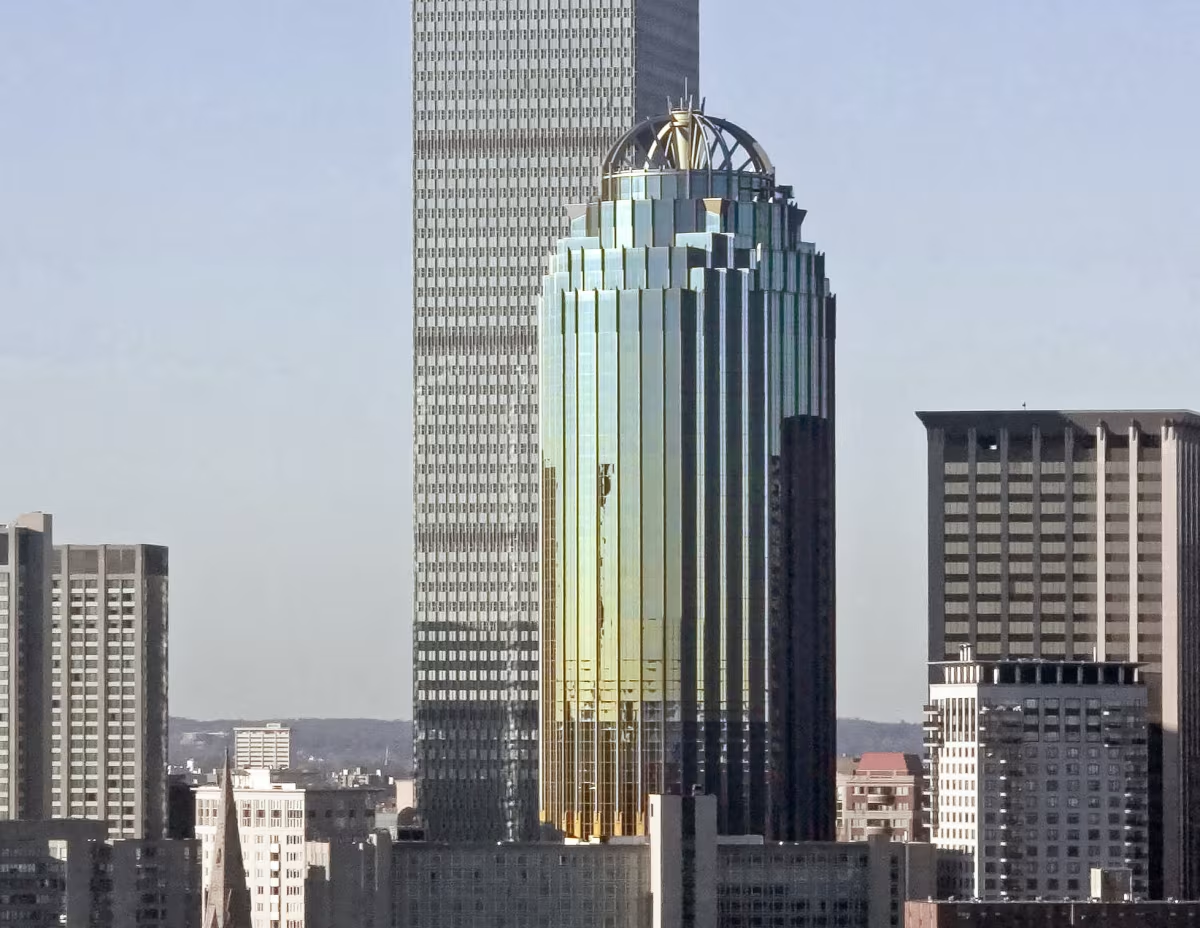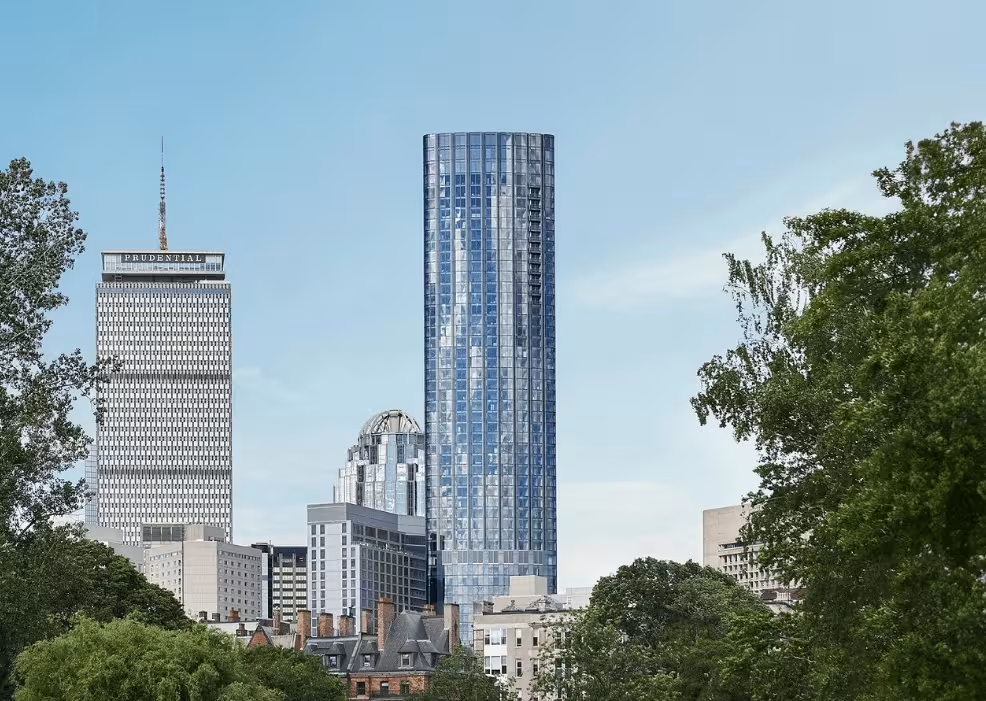111 Huntington Avenue Building vs One Dalton Building


Comparing the 111 Huntington Avenue Building and the One Dalton Building is interesting because they both rise in Boston, MA, yet they were conceived by two different design teams, CBT Architects and Pei Cobb Freed & Partners, and were completed at different points in time. They were finished more than a decade apart.
This contrast within the same city allows us to see how different creative minds interpreted the evolving needs of Boston across time.
Let's take a closer look!
Height & Size
The One Dalton Building is clearly the larger tower of the two, both in terms of height and number of floors. It rises to 748ft (228m) with 61 floors above ground, while the 111 Huntington Avenue Building reaches 554ft (169m) with 36 floors above ground.
Despite being taller and having more floors, One Dalton Building has less total built-up area than 111 Huntington Avenue Building.
Of course, each project may have faced different briefs or regulatory constraints, which we don't really know about and could also explain the outcome.
Architectural Style
Both the 111 Huntington Avenue Building and the One Dalton Building were designed in line with the aesthetic conventions of the Contemporary style.
At the time, this style was at the height of its popularity. So both CBT Architects and Pei Cobb Freed & Partners followed what was in many ways expected of them, producing designs that fit comfortably within contemporary architectural norms, rather than breaking with convention.
Uses
The One Dalton Building follows a mixed-use model, combining residential and hotel. In contrast, the 111 Huntington Avenue Building has remained primarily commercial.
The One Dalton Building incorporates a 5-star hotel with 215 rooms. More information is available at the official website.
The One Dalton Building offers 160 residential units.
Structure & Facade
Both the 111 Huntington Avenue Building and the One Dalton Building rely on a Frame structural system.
A frame structure uses a grid of columns and beams to carry the building's loads. This frees the walls from structural duties, allowing for flexible floor plans and larger windows.
They also employ the same type of facade, a Curtain Wall facade.
A curtain wall is a non-load-bearing facade hung from the structural frame. It is anchored to floor slabs and transfers only its own weight and wind loads, allowing for sleek, glassy exteriors.
| 111 Huntington Avenue Building | One Dalton Building | |
|---|---|---|
| CBT Architects | Architect | Pei Cobb Freed & Partners |
| 1999 | Construction Started | 2015 |
| 2002 | Year Completed | 2019 |
| Contemporary | Architectural Style | Contemporary |
| Commercial | Current Use | Mixed |
| 36 | Floors Above Ground | 61 |
| 169 m | Height (m) | 228 m |
| 80733 | Built-up Area (m²) | 65590 |
| 6 | Number of Elevators | 6 |
| Frame | Structure Type | Frame |
| Steel | Vertical Structure Material | Reinforced Concrete |
| Glass, Steel | Main Facade Material | Glass |
| John Moriaty & Associates | Main Contractor | Suffolk Construction |
| Otis Elevator Company | Elevator Company | Kone |
| BALA Engineers | MEP Engineer | WSP USA |
| McNamara . Salvia | Structural Engineer | WSP USA |
| MA | State | MA |
| Boston | City | Boston |
| 111 Huntington Avenue | Address | 1 Dalton Street |